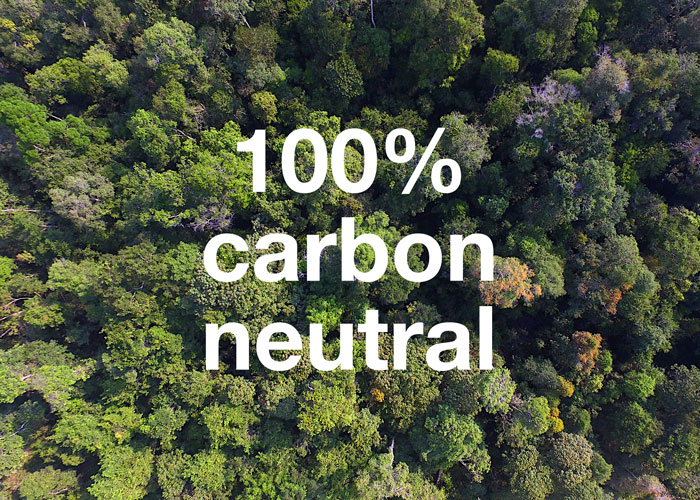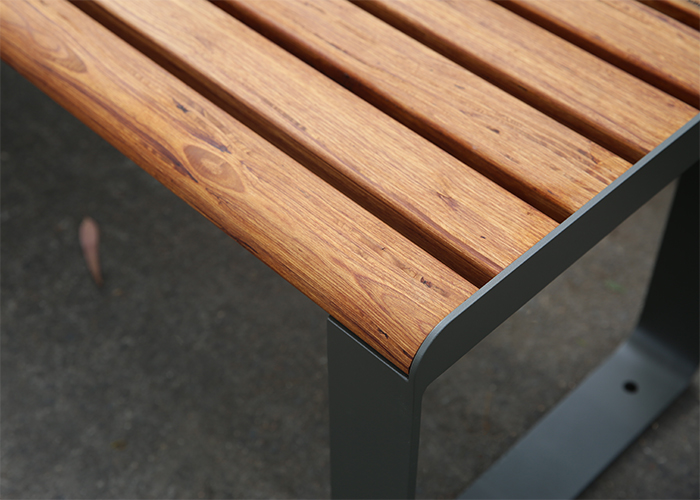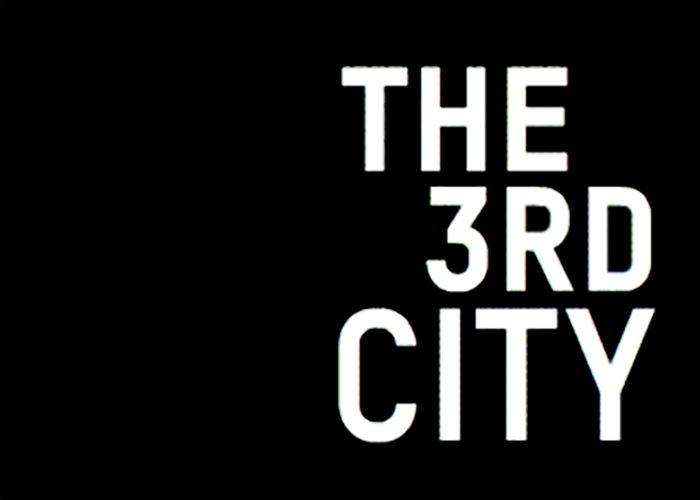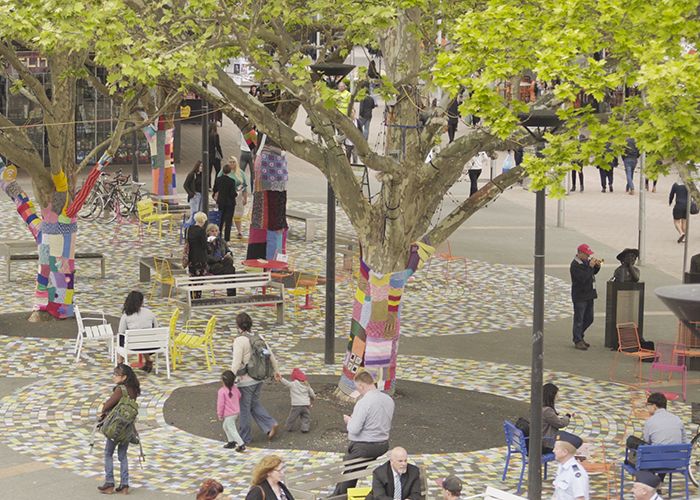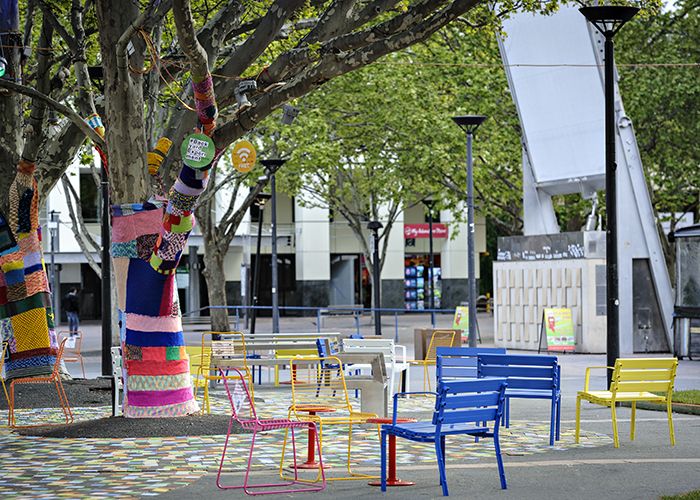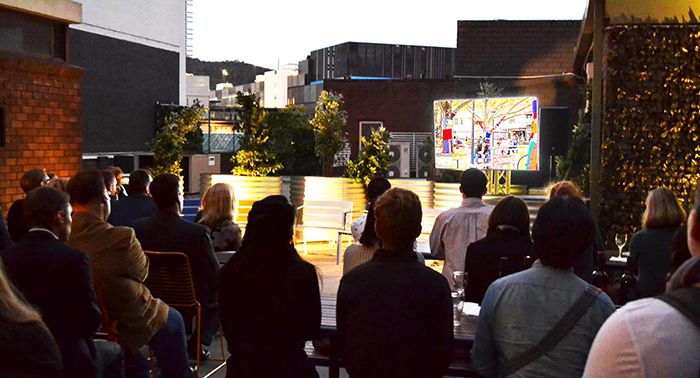
Seven partners from the team that brought #BackyardExperiment to Garema Place met with landscape architects in Canberra to unpack the collaboration and shout the results from AILA’s rooftop.
June Boxsell, Marketing Manager with Street Furniture Australia, joined MC Jane Easthope from In The City Canberra, Darren Mansfield from Context, the ACT Government’s City Activation Manager Caitlin Bladin, Anthony Linard from ACT Lighting Society, Alena Leonardi from WE-EF LIGHTING, Dave Raison from Lawn Solutions Australia and AILA CEO Shahana McKenzie.
“#BackyardExperiment was a small project that produced big results. We have proof now that this combination of seats, art, colour, lighting and lawn, almost doubled visitation to Garema Place,” said June Boxsell.
“What was most eye-opening was the new mix of people. To me it was a visual feast. There was suddenly a new sense of safety, it became family friendly. Everyone we talked to wanted #BackyardExperiment to stay.”
Shahana McKenzie said that as a fringe event for the 2016 International Festival of Landscape Architecture the project had vastly exceeded AILA’s expectations, in its results, and the ongoing interest from placemakers internationally.
“It really was a team effort. It took a lot of people throwing in products, design services, a whole raft of things to make it happen, and we certainly did not expect it to be as successful as it was,” she said.
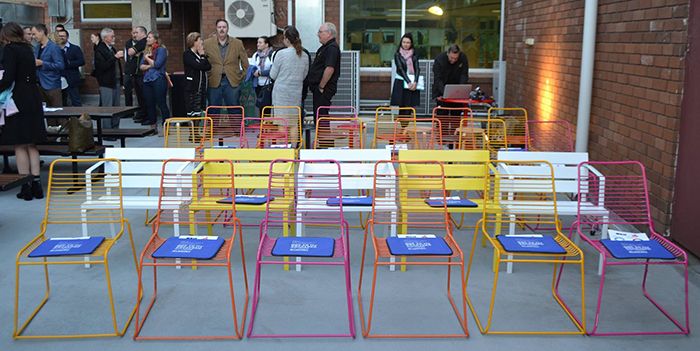
Last seen in #BackyardExperiment: Movable seats for the panel at AILA’s new rooftop space.
Landscape architect Darren Mansfield, from Context, said four basic parameters for successful pop-up installations had emerged from his work on #BackyardExperiment and past projects.
“First, the park should be really simple and easy to build and install. Second, it must enhance the character of the space through good design. Third, it must be well-managed and cannot disturb existing businesses,” he said.
“Most important is inclusiveness. For #BackyardExperiment this meant getting the community involved in activities like yarn bombing. Everyone had some kind of involvement in the park. I believe this was the reason none of the furniture was stolen.”
Public spaces can benefit, he said, from flexible design.
“Allan Correy, a Canberra landscape architect, is quoted in a Landscape Australia in 1979 encouraging the reuse of ephemeral landscapes – we call them pop-ups – because nothing is certain except change.
“Everything changes, including public spaces, so we should design for maximum flexibility for a transient population. So none of this is really new.”
Anthony Linard, Chairman of the ACT Lighting Society, also had suggestions for the ACT Government on adjusting the rules around lighting in the city’s public spaces.
Normally lit with plain white, for the eight days of #BackyardExperiment Garema Place enjoyed a colourful palette designed by Anthony and Cynthia Jolley-Rogers from the society, with help from Integral Lighting.
“We designed blue lighting up into the trees, white spots skimming down the trunks, colour-changing spots on the colourful paving, and warm white pools of light on the grass,” said Anthony.
“A three-dimensional design was created with a 15 metre high ceiling into the trees. It was dynamic, with a contrast of light and dark, warm light and cool blues. There was movement, colours changing.
“These elements made for an exciting lighting design, radically different to anything you see in the public realm in Canberra, which tends to be flat, bright, two-dimensional.
“The timelapse results showed an extra peak in foot traffic at night time, and I think a fair amount of that is due to a much more interesting space created by the lighting. I saw parents bring their kids to play in the coloured light. To me this shows that creative design can make a positive impact on the public realm.
“The bad news is that under current lighting rules you can’t actually do anything like this in Canberra.
“We see great potential for change.”

Three-dimensional design created with blue canopy. Photo: WE-EF LIGHTING.
Alena Leonardi from WE-EF LIGHTING, supplier of the luminaires, said she hoped to collaborate with partners again on similar projects.
“Colour and light does attract people. It makes a place more interesting, even magical. During the experiment people wanted to spend time there after six o’clock, where before it felt unsafe after dark. With normal, white coloured lighting you would not have such a dramatic effect,” she said.
“Our luminaires were bolted to the trees and high up in the air, but still surprisingly nothing grew legs. That was another good result from the experiment, similar to the movable seats.
“It’s very rare for us to be involved in social projects like this. But I believe we should be. Let’s have more collaborations with all parties.”
Dave Raison, Development Manager for Lawn Solutions Australia, defended living turf as a viable alternative to paving and artificial lawns for pop-ups.
“In defence of real turf, we have a lot of hardy products available, and some exciting ones in the works. So give turf a chance for these kinds of events, there’s a lot of things we can do,” he said.
“Turf Guard, for example, can be sprayed on the lawn to stop it from transpiring, holding in the moisture. For areas of high foot traffic we can paint grass green using plant-based pigments. And we’re working to bring new varieties like Sir Grange from the US, known for its hardiness and environmental benefits.
“Many of these grasses were originally collected in Australia, so we’re bringing them home.”
For local Canberrans in the audience, and for MC Jane Easthope from In The City Canberra, the most pressing question was what to do next at Garema Place, with the pop-up park six months gone and coloured pavement starting to fade.
Aside from calls from the audience to “put it all back,” this later appeared on social media:
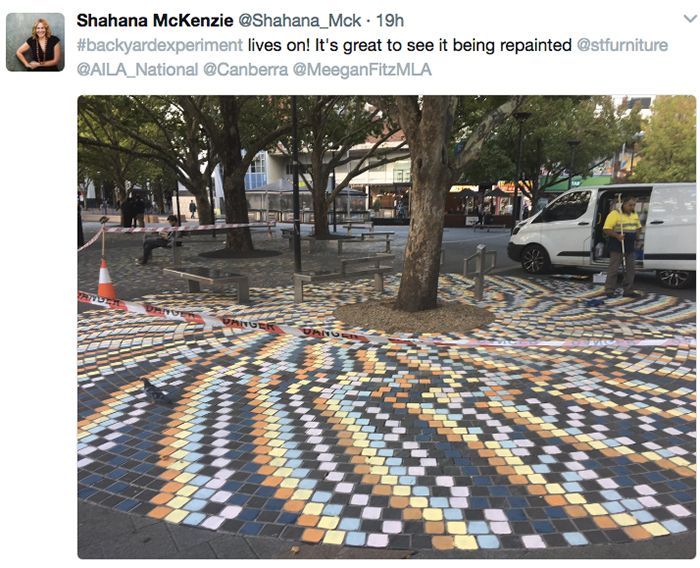
Still in question is the longer term future of the space. As manager of the City Activation team for the ACT Government, Caitlin Bladin is at least partially in this hot seat.
“The ACT Government wants to see places like Garema Place work better. I think right now we all agree it is not everything it could be,” she said.
“During #BackyardExperiment I went to Garema Place nearly every day, to talk to people. It was amazing. The place and people in it were transformed.
“One man said he had come back time and time again because it improved his mood. Another woman said we had put a giant smiley face on the city.
“More than this, #BackyardExperiment delivered important evidence, which we can analyse and integrate into our policies and planning for future activities.
“For a while there, all was as it should be. Garema Place was the beating heart of a modern, vibrant, dynamic and inclusive city. And I believe it will be again.”
Do you have a space like Garema Place that could do with an intervention? Enquire NOW to book your personal #BackyardExperiment presentation at your workplace.
 Download the FREE White Paper: #BackyardExperiment (49 pages, 7MB)
Download the FREE White Paper: #BackyardExperiment (49 pages, 7MB)
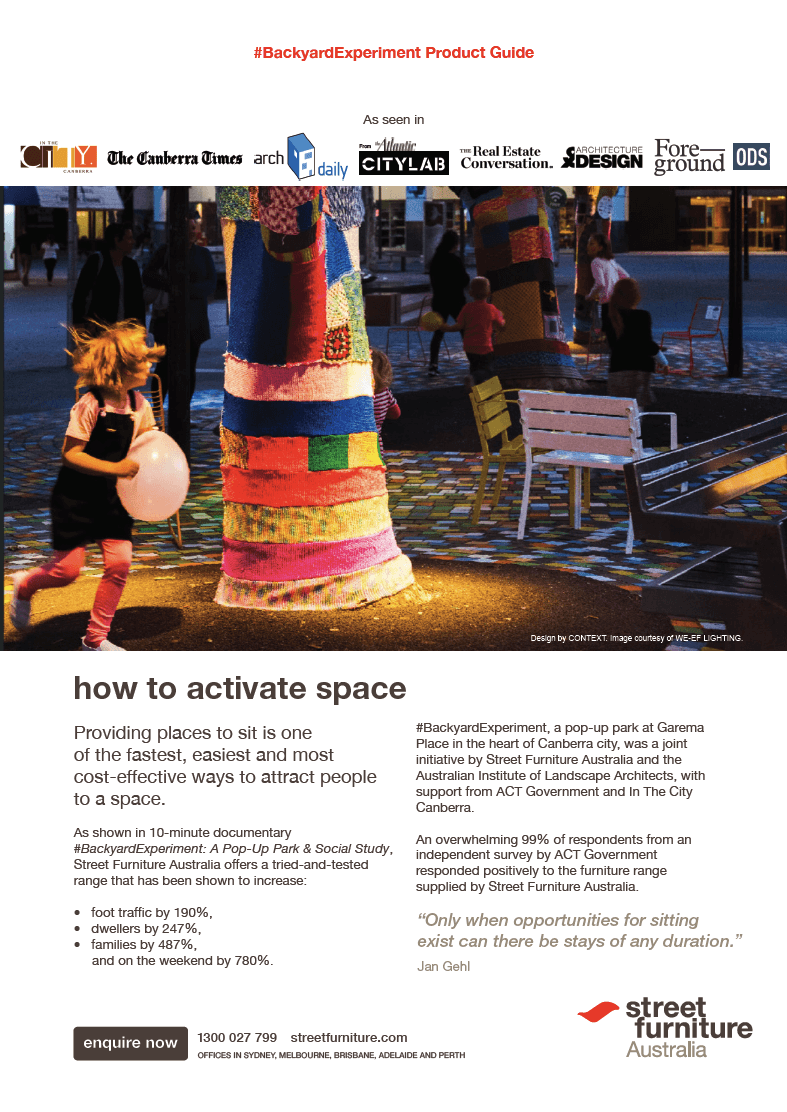 Browse the Product Guide: #BackyardExperiment (5 pages, 10MB)
Browse the Product Guide: #BackyardExperiment (5 pages, 10MB)
https://vimeo.com/202676046






